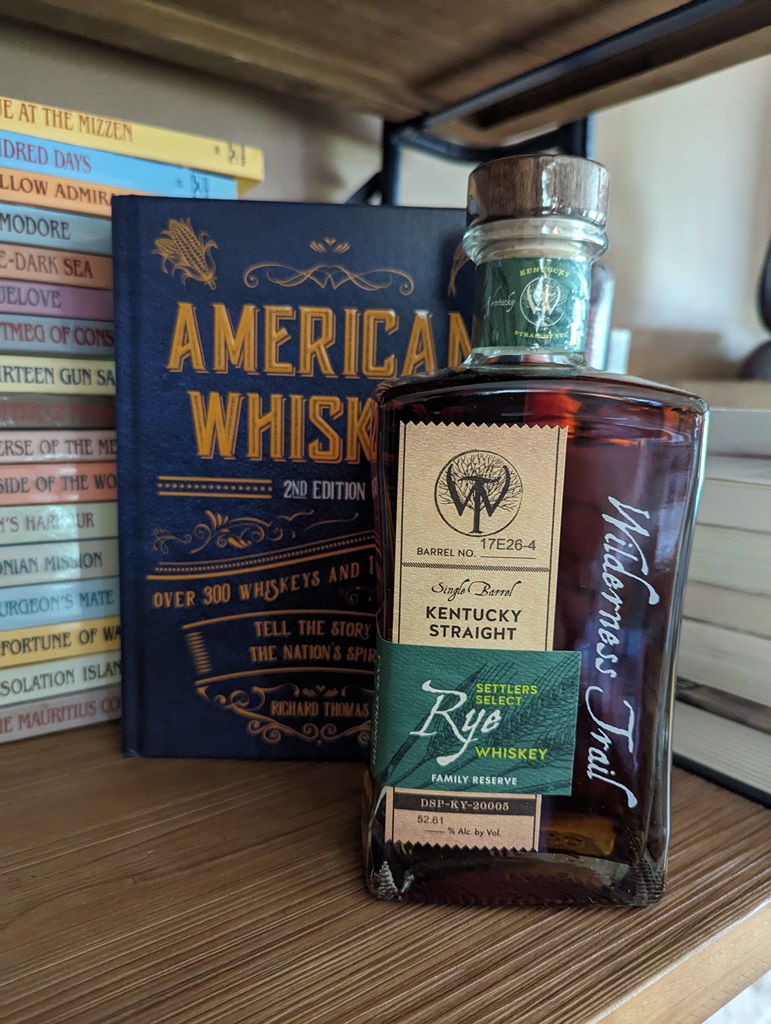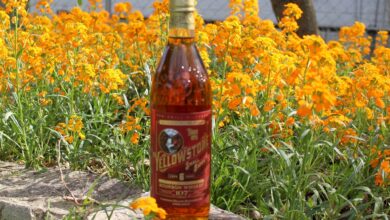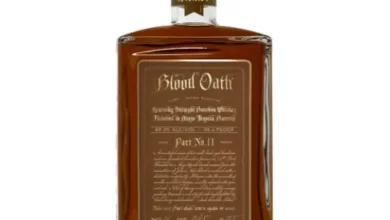Ten Expensive Whiskeys That Are Totally Worth It
By Richard Thomas

(Credit: Richard Thomas)
This is an era when the popularity of world whiskey has driven prices sky high. As age statements fall, old favorites become discontinueds, and then collectibles, driving prices up. Meanwhile, more thirsty mouths are chasing the same favorites that remain, driving prices up.
Take Japanese Whisky as a crystalized example. Once a category known only to the Japanese, some drinks writers and a small group of world whisky nerds, it went big several years ago and has been almost drunk dry in the interim. A bottle of something as humble as The Yamazaki 12 Year Old now runs between $260 and $300, making even comparable Scotch Whiskies seem like a bargain by comparison.
Despite this being an era when good whiskey seems to always be getting scarcer and dearer, however, sometimes the extra money is still worth the price paid,* and what follows is a list of bottles that qualify.
* By “worth the price paid,” I am comparing the whiskey’s price tag against the bill for a full date night out: two show tickets, dinner for two at a fine dining restaurant, drinks and at least one short taxi or Lyft ride. Using what one should expect to pay for such an evening out nationwide set a reasonable yardstick for bottles that could be considered an occasional or periodic buy for most everyone.
Booker’s 30th Anniversary Bourbon ($199): These anniversary editions of Jim Beam’s uncut, unfiltered classic have, as a rule, hit the ball out of the park. The 30th Anniversary release was a blend of 9 year old and 16 year old bourbons, coming in at a potent 125.8 proof. Having come out recently, you may be able to find it for the recommended retail price listed above, but my survey of internet retailers shows it marked up to $800 to $1,000. At that exorbitant price, this bourbon is in now way worth it. That said, just have a little patience: in five years the 35th Anniversary release will be out, and you can snatch that one before the mark ups and gouging begin.
Caol Ila Unpeated 15 Year Old ($130): Caol Ila is not only a distillery of Islay, that Scottish island famed for its peaty malts, but also the prime contributor of smoky whisky to Johnnie Walker. Thus the idea of an unpeated Caol Ila ought to smack hard of the counter-intuitive, and in that is its brilliance. Drawn from unpeated spirit aged in refill American oak hogsheads and ex-bodega European oak Sherry butts, it abandons smoke for a Sherry-driven, elegant sweetness. Best of all, it is bottled at a cask strength of 59.1% ABV, quite high for even a cask strength Scotch Whisky.
Garrison Brothers Cowboy Bourbon ($240): Standing at the forefront of craft bourbon, Cowboy Bourbon is an annual bottling representing the best coming out of Garrison Brothers’ inventory of aging barrels, bottled at cask strength. Folks travel far to the distillery for the annual launch in rural Hye, Texas, show up early and line up for miles in their cars to get a shot at buying a bottle.
Glenfarclas 25 Year Old ($170): An old rule among Scotch diehards is that if you like the refined, Sherried flavor profile of The Macallan and you don’t want to pay a premium for hype and marketing, go buy a bottle of The Glenfarclas instead. The older the single malt, the truer that rule becomes. This 25 year old is drawn entirely from Sherry cask-aged stock and is outstanding, so in and of itself it is worth every penny. However, if you need a little extra impetus to pick up a bottle, take a gander at what The Macallan 25 Year Old Sherry Oak costs: $2,000!

(Credit: Richard Thomas)
Highland Park 18 Year Old ($150): The whiskies of this Orkney distillery are much loved among single malt fans, and the 18 Year Old expression sits atop their regular line up. Highland Park has long been quirky not just for their extreme northerly location, but also for placing one foot squarely on Sherry casks and the other into a patch of boggy peat. The whisky is complex, balancing those two aspects of sherried sweetness and peat smoke against each other in a light, sophisticated profile.
Jameson Bow Street 18 Year Old Cask Strength ($280): Although it had its fans, Jameson 18 Year Old never managed to inspire the same kind of enthusiasm as come of the other contemporary super premium expressions coming from Irish Distillers, such as Midleton Very Rare. All that changed when it was effectively replaced by this cask strength version. As is so often the case, raising the strength of the whiskey improved it, in this instance very much so. This is still Irish Whiskey we’re talking about, though, so cask strength means just 55.3% ABV. Thus, it retains the smooth, sweet and mellow character Irish Whiskey is so known for; Bow Street is still Jameson, just with much more character.
King of Kentucky Bourbon ($200): Brown-Forman revived the King of Kentucky brand last year as an annual limited edition. If the 2018 installment is indicative, bourbon fans have something to seriously look forward to in just a few months; last year’s King was a 14 year old, single barrel, cask strength bottling from Old Forester stock. As both a cask strength and a single barrel, one can expect the strength (and flavor) to vary from barrel to barrel.
Old Forester Birthday Bourbon ($100): Speaking of Old Forester, the brand’s Birthday Bourbon is the cheapest and easiest to acquire whiskey on this list. Every year, Old Forester puts out a bottling of select bourbon drawn from stock entered into barrels on a single day. These expressions are usually middle aged whiskeys, but as they are chosen for their promising character, the Birthday Bourbon line has proven reliably good. Moreover, one can usually count on being able to get a bottle of Birthday Bourbon at the recommended retail price with only a moderate amount of fuss.
Michter’s 10 Year Old Rye ($150): Another reliably good annual release that one can often acquire at recommended retail price and with only a moderate amount of fuss is Michter’s 10 Year Old Rye. A single barrel bottled at about 92 proof, the whiskey varies from barrel to barrel and year to year, but the series as a whole rates as among the very best of the annual, limited edition rye whiskeys on the market. When you consider that older, more upscale ryes are in short supply relative to similar bourbons, and often cost more as a result, the price tag is well worth paying to get a whiskey this good.
Red Spot 15 Year Old Single Pot Still Whiskey ($130): The recently revived Red Spot, a 15 year old single pot still whiskey, is still officially available only in Ireland. If you see it in the U.S., then it’s a special import in the telltale 70cl bottle, and will very likely be priced at a mark-up. But if you were paying the retail price it commands in Ireland, what you would find is an outstanding, middle-aged example of just why the comeback of single pot still whiskey has so many world whiskey enthusiasts and Irish Whiskey fans so excited.
W.L. Weller 12 Year Old Bourbon ($150): Officially, W.L. Weller is priced at $30. However, I haven’t heard anyone claiming to have paid Buffalo Trace’s recommended retail price for a bottle in years, so I’m assuming anyone who has is keeping double strict quiet about having done so. Purchasing a bottle of “Baby Pappy” on demand will set you back $150. Comparing that to the recommended retail prices of the Van Winkle whiskeys, as well as what comparable hot, middle aged whiskeys cost these days, $150 isn’t far off the mark. It’s actually quite a statement of the market adjusting prices to reflect demand. One can certainly say it’s painful and depressing compared to several years ago, but it’s not unfair.



